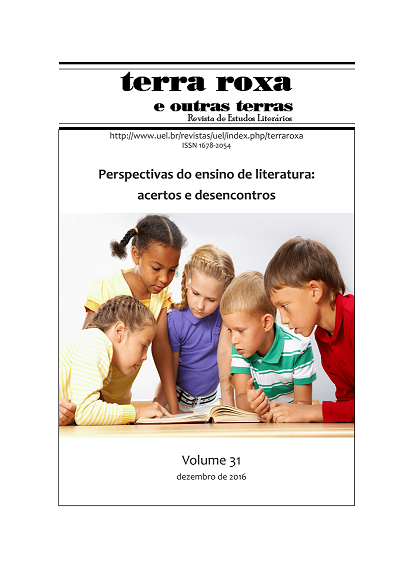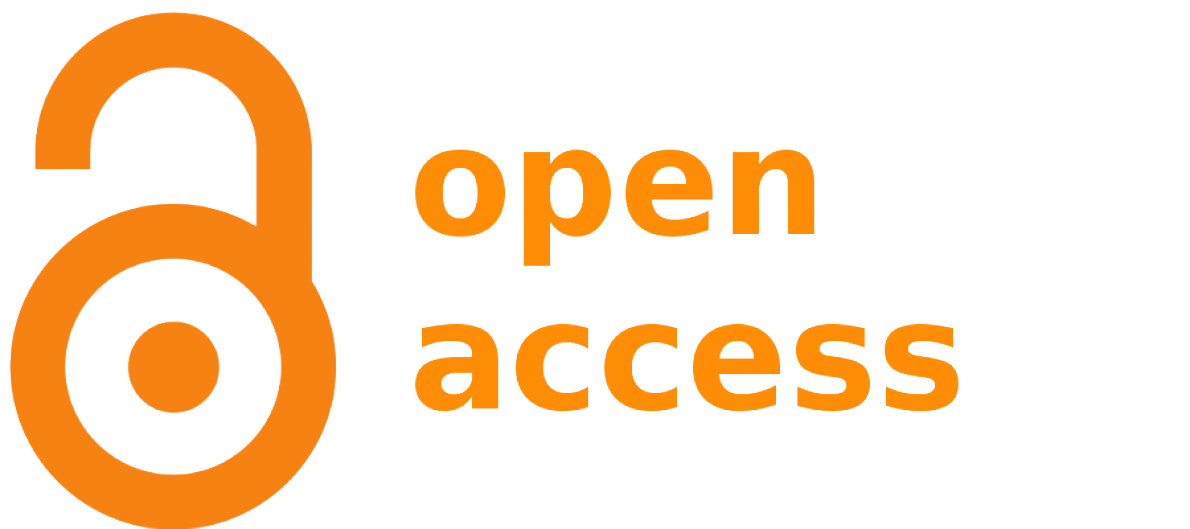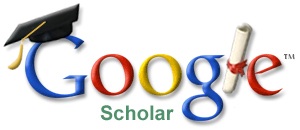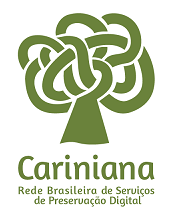The storm under feet: the interdisciplinary challenge
DOI:
https://doi.org/10.5433/1678-2054.2016v31p57Keywords:
Literature, Science, Interdisciplinarity, EducationAbstract
We propose to discuss, from the relations between literature and science, the relevance of interdisciplinary studies for an education committed to the human condition, the complexity of knowledge and the imagination. From Edgar Morin's work about complexity of knowledge and imagination, we thought the possibility of Literature's teaching renovation at schools as resulting from an approach that is able to join knowledges considered usually as conflicting (humanities, arts and language are usually considered in opposition to hard sciences, studies about nature and mathematics). Taking into account epistemological features in relation to knowledge's production and diffusion, in accord to authors like Gaston Bachelard and Wolf Lepenies, we discuss the dissolution of hierarchies and divisions between subjects. We aimed to contextualize the discussion based on official documents as Parâmetros Curriculares Nacionais do Ensino Médio and researchers that study the education in Brazil as Lopes (1999) and Fazenda (1996).This theoretical orientation allowed to support the methodology characterized by approach of the literary text as a complex subject, that is, we must consider it in an integrated way, including different kinds of knowledge represented by school's subjects, especially those that are connected to natural sciences. The literary piece isn't any more exclusive of studies about Language and Literature, but it doesn't mean lose the specificity. The text is perceived as articulation of multiple aspects and knowledge that can be refreshed by interdisciplinary approaches of reading. At last, grounded on reflections and proposes developed in this article, we proposed a reading exercise of the poem "Às Artes" (1788, "To the Arts") by Manuel Inácio da Silva Alvarenga. The choice aimed to expose how the connection between scientific knowledge and poetry of that moment offers complexity and topicality to the text written more than 200 years, relating to student's demands at school.Downloads
References
ALVARENGA, M. I. S. Obras poéticas: poemas líricos, Glaura, O desertor. São Paulo: Martins Fontes, 2005.
BACHELARD, G. L'engagement rationaliste. Paris: PUF, 1972.
BACHELARD, G. Os pensadores. São Paulo: Abril cultural, 1978.
BACHELARD, G. A Chama de uma vela. Rio de Janeiro: Bertrand Brasil, 1998.
BACHELARD, G. A formação do espírito científico: contribuição para uma psicanálise do conhecimento. Rio de Janeiro: Contraponto, 1996.
BACHELARD, G. A terra e os devaneios do repouso. 2. ed. São Paulo: Martins Fontes, 2003.
BACHELARD, G. O novo espírito científico. Lisboa: Edições 70, 2008.
BARBOSA, E., & BULCÃO, M. Bachelard: Pedagogia da razão, pedagogia da imaginação. Petrópolis: Vozes, 2004.
BRASIL. Parâmetros curriculares nacionais - Ensino Médio. 2000. Disponível em: <http://portal.mec.gov.br/seb/arquivos/pdf/blegais.pdf >. Acesso em: 25 de jul. 2016
CARVALHO, R. História dos balões. Lisboa: Relógio D'Água, 1991.
DAFLON, Claudete. "Uma proposta de reflexão: literatura e ciência entre luso-brasileiros setecentistas". Veredas (Coimbra), v. 19, p. 25-48, 2013.
DARNTON, R. "Os filósofos podam a árvore do conhecimento: a estratégia epistemológica da Encyclopédie". O grande massacre de gatos, e outros episódios da história cultural francesa. Tradução de Sonia Coutinho. Rio de Janeiro: Graal, 1986. p. 247-275.
FAZENDA, I. C. A. Integração e interdisciplinaridade no ensino brasileiro: efetividade ou ideologia. 4. ed. São Paulo, SP: Loyola, 1996.
FILGUEIRAS, C. A. L. A ciência e as Minas Gerais do Setecentos. In: M. E. L. Resende & L. C. Villalta, (orgs.). As Minas Setecentistas. Vol. 2. Belo Horizonte: Autêntica, 2007. p. 159-186.
FREITAS, Maria Helena. Considerações acerca dos primeiros periódicos científicos brasileiros. Ciência da Informação (Brasília), v. 35, n. 3, p. 54-66, set./dez. 2006.
KRYZHANOVSKY, L. N. "The Lightning Rod in 18th-Century St. Petersburg: A Note on the Occasion of the Bicentennial of the Death of Benjamin Franklin". Technology and Culture (Baltimore), v. 31, n. 4, pp. 813-817, oct. 1990. DOI: 10.2307/3105908.
KUHN, T. S. Tradição matemática versus tradição experimental no desenvolvimento das ciências físicas. A tensão essencial. Tradução de Marcelo Amaral Penna-Forte. São Paulo: Unesp, 2011. p. 55-88.
LEPENIES, W. As três culturas. Trad. Maria Clara Cescato. São Paulo: EDUSP, 1996.
LOPES, A. R. C. Conhecimento Escolar: Ciência e cotidiano. Rio de Janeiro: EdUERJ, 1999.
LYNN, M. R. Enlightenment in the public sphere: The Musée de Monsieur and Scientific Culture in Late-Eighteenth-Century Paris. Eighteenth-Century Studies (Baltimore), v. 32, n. 4, pp. 463-476, summer 1999. DOI: 10.1353/ecs.1999.0038.
MORIN, E. Educação e complexidade: os sete saberes e outros ensaios. 4. ed. São Paulo: Cortez, 2007.
RUEDAS DE LA SERNA, Jorge Antonio. Arcádia: tradição e mudança. São Paulo: EDUSP, 1995.
TEIXEIRA, I. Mecenato pombalino e poesia neoclássica. São Paulo: EDUSP, 1995.
TODOROV, T. A literatura em perigo. 3. ed. Trad. Caio Meira. Rio de Janeiro, RJ.
Downloads
Published
How to Cite
Issue
Section
License
Copyright (c) 2016 Terra Roxa e Outras Terras: Revista de Estudos Literários

This work is licensed under a Creative Commons Attribution 4.0 International License.
Authors who publish in this journal agree to the following terms:
a) The authors retain the copyright and grant the journal the right of first publication, the work being simultaneously licensed under the Creative Commons Attribution-NonCommercial 4.0 International License, allowing the sharing of the work with acknowledgment of the authorship of the work and initial publication in this journal.
b) Authors are authorized to assume additional contracts separately, for non-exclusive distribution of the version of the work published in this journal (eg, publish in an institutional repository or as a book chapter), with acknowledgment of authorship and initial publication in this journal.
c) Authors are allowed and encouraged to publish and distribute their work online (e.g. in institutional repositories or on their personal page) after the editorial process, as this can generate productive changes as well as increase impact and citation of the published work (See The Effect of Open Access).
d) The authors of the approved works authorize the journal to, after publication, transfer their content for reproduction in content indexers, virtual libraries and the like.
e) The authors assume that the texts submitted for publication are of their original creation, taking full responsibility for their content in case of any objection by third parties.




















